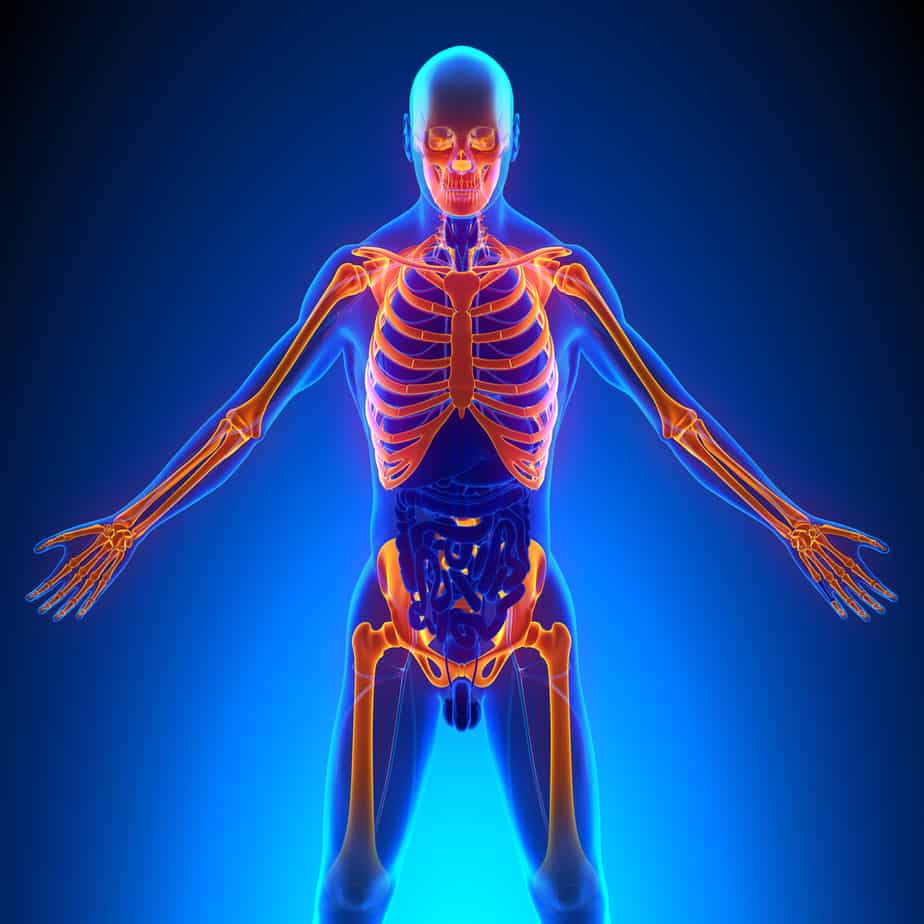
Overview
Fibromyalgia causes pain all over the body, and those with fibromyalgia could actually be more sensitive to pain (known as abnormal pain perception processing) than those without the condition. About four million US adults suffer from fibromyalgia, and it’s more common for women to experience it than men, along with people who already are diagnosed with a rheumatic disease affecting the joints, muscles, and bones (though the fibromyalgia is not directly caused by or related to any of those diseases).
Fibromyalgia has an unknown cause (often appearing after physical trauma or psychological stress), and results in widespread musculoskeletal pain, fatigue, sleep issues, and mood problems. It’s not an autoimmune disorder or based on inflammation, but researchers suspect the nervous system is involved. Since there’s no specific cause determined for fibromyalgia, there is no cure, only management of the symptoms.
Fibromyalgia has an unknown cause (often appearing after physical trauma or psychological stress), and results in widespread musculoskeletal pain, fatigue, sleep issues, and mood problems. It’s not an autoimmune disorder or based on inflammation, but researchers suspect the nervous system is involved. Since there’s no specific cause determined for fibromyalgia, there is no cure, only management of the symptoms.
Signs and Symptoms
Pain is the main symptom of fibromyalgia – it comes and goes across the whole body, and often presents as pain that is tender to touch. The pain is usually felt in the muscles and/or joints (as a dull ache), but sometimes even the skin feels painful and tender. It is considered widespread pain associated with fibromyalgia when the pain has occurred on both sides of the body and above and below the waist, and has lasted for at least three months.
Fatigue is the second most common symptom associated with fibromyalgia. This type of fatigue is getting a full night of sleep, then waking up still feeling tired. The reason for the fatigue could be related to poor sleep as a result of fibromyalgia – either being woken up by pain, or having other sleep disorders (such as sleep apnea).
The issues with sleep then cause issues with cognitive ability when it comes to thinking, memory, and concentration. Patients with fibromyalgia report “fibro fog” which is the name for the inability to focus and concentrate on mental tasks that’s associated with the disorder.
Some other signs and symptoms include:
Fatigue is the second most common symptom associated with fibromyalgia. This type of fatigue is getting a full night of sleep, then waking up still feeling tired. The reason for the fatigue could be related to poor sleep as a result of fibromyalgia – either being woken up by pain, or having other sleep disorders (such as sleep apnea).
The issues with sleep then cause issues with cognitive ability when it comes to thinking, memory, and concentration. Patients with fibromyalgia report “fibro fog” which is the name for the inability to focus and concentrate on mental tasks that’s associated with the disorder.
Some other signs and symptoms include:
- Migraines and headaches
- Irritable bowel syndrome
- Depression or anxiety
- Irritable or over-active bladder
Diagnosis
There are no specific lab tests to verify a diagnosis of fibromyalgia – a doctor can perform a physical exam to look for tenderness and try to rule out other causes of pain (multiple specific areas of the body are checked for pain). A doctor will want the patient to describe their pain in detail to figure out if it’s fibromyalgia versus other conditions, since things like hypothyroidism can mimic the symptoms of fibromyalgia. Blood tests (along with other lab tests) can check for other disorders such as that one.
A diagnosis of fibromyalgia is more likely to be made if the patient presents with pain in multiple areas that has lasted at least three months, and when there is no other underlying condition to explain the pain.
A diagnosis of fibromyalgia is more likely to be made if the patient presents with pain in multiple areas that has lasted at least three months, and when there is no other underlying condition to explain the pain.
Treatment
Fibromyalgia is managed by medication and lifestyle changes to address the specific symptoms that the patient experiences. Usually rheumatologists help treating the condition with medication – this includes pain relievers (mainly over-the-counter options since narcotics are not advised due to the risk of dependence and worsening the pain over time), antidepressants (these can help ease both the pain and fatigue), sleeping medication, and anti-seizure drugs (to help with pain management).
Outside of medication, different therapies can help with managing fibromyalgia. Physical therapy helps patients improve their overall strength and physical health – research shows the number one most effective treatment for fibromyalgia is physical exercise, most often low-impact aerobic exercise.
Cognitive behavioral therapy helps patients learn mindfulness to reduce the experience of pain and other symptoms and cope better with stress. Occupational therapy helps patients make lifestyle adjustments to perform tasks in a way that will be easier on the body (at work and at home). Talk therapy can also help patients manage the disease.
Some lifestyle treatments, in addition to incorporating exercise, include:
Outside of medication, different therapies can help with managing fibromyalgia. Physical therapy helps patients improve their overall strength and physical health – research shows the number one most effective treatment for fibromyalgia is physical exercise, most often low-impact aerobic exercise.
Cognitive behavioral therapy helps patients learn mindfulness to reduce the experience of pain and other symptoms and cope better with stress. Occupational therapy helps patients make lifestyle adjustments to perform tasks in a way that will be easier on the body (at work and at home). Talk therapy can also help patients manage the disease.
Some lifestyle treatments, in addition to incorporating exercise, include:
- Limiting stress by using both stress management techniques and reducing stress wherever possible.
- Sleeping enough to help combat fatigue – this includes going to bed early enough and having good sleep habits.
- Maintaining a healthy lifestyle, including eating a healthy diet, limiting caffeine, and doing things that are enjoyable each day.
Sources & More Information
American College of Rheumatology, “Fibromyalgia” https://www.rheumatology.org/I-Am-A/Patient-Caregiver/Diseases-Conditions/Fibromyalgia
Centers for Disease Control and Prevention, “Arthritis – Fibromyalgia” https://www.cdc.gov/arthritis/basics/fibromyalgia.htm
Mayo Clinic, “Fibromyalgia” https://www.mayoclinic.org/diseases-conditions/fibromyalgia/symptoms-causes/syc-20354780
Centers for Disease Control and Prevention, “Arthritis – Fibromyalgia” https://www.cdc.gov/arthritis/basics/fibromyalgia.htm
Mayo Clinic, “Fibromyalgia” https://www.mayoclinic.org/diseases-conditions/fibromyalgia/symptoms-causes/syc-20354780


